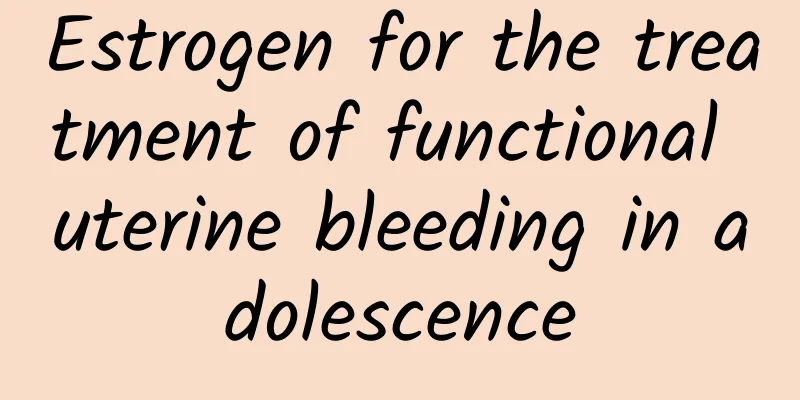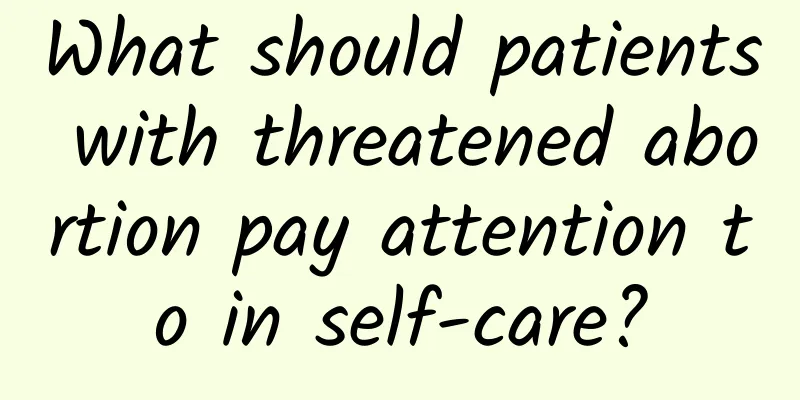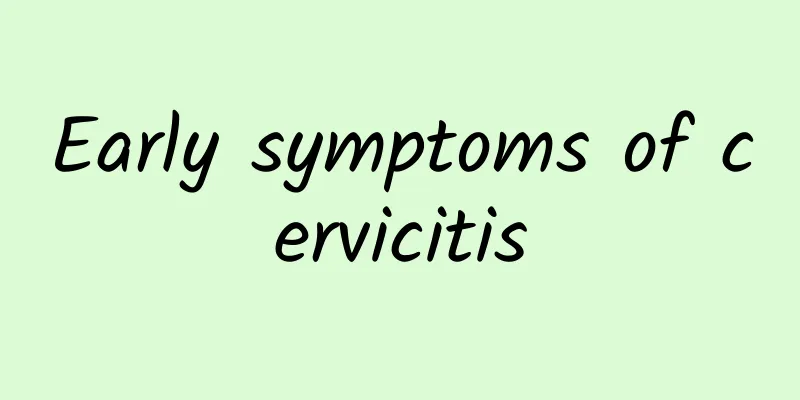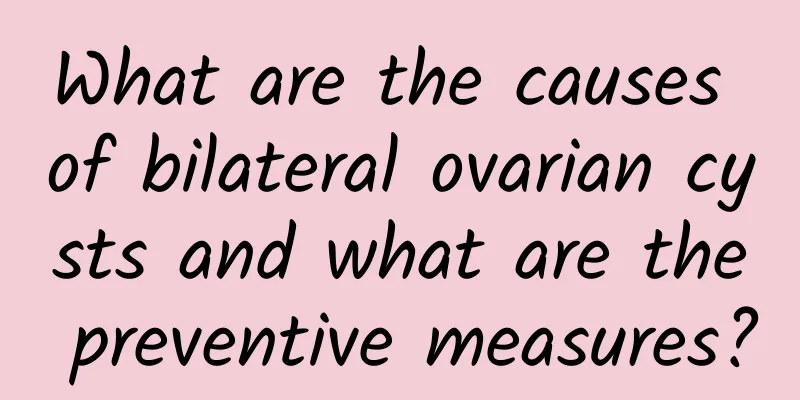Estrogen for the treatment of functional uterine bleeding in adolescence

|
Dysfunctional uterine bleeding in adolescence is mainly treated conservatively. Currently commonly used methods include artificial cycle therapy with traditional Chinese medicine, hormone therapy, etc. Estrogen can be used to treat functional uterine bleeding in adolescence. Effects of estrogen The use of large doses of estrogen can quickly increase the estrogen concentration in the blood, promote the growth of the endometrium, repair the wound and stop bleeding in a short period of time. It is suitable for those with endogenous estrogen deficiency and can also be used to treat functional uterine bleeding in adolescence. How to use estrogen At present, the most commonly used drugs are conjugated estrogen 1.25-2.5 mg, once every 6 hours, and the amount is reduced by 1/3 every 3 days after the bleeding stops, until the maintenance dose is 0.625-1.25 mg/day. Diethylstilbestrol 1-2 mg can also be used, once every 6-8 hours, and the amount is reduced by 1/3 every 3 days after the bleeding stops, and the maintenance dose is 1 mg; the disadvantage of taking a large amount of diethylstilbestrol orally is that the gastrointestinal reaction is severe, the drug absorption is slow, and it is not easy to take effect quickly. If necessary, micronized 17β-estradiol, conjugated estrogen, or estradiol benzoate 4-8 mg/day can be taken orally, divided into 2 intramuscular injections, and the daily dose is reduced by 2 mg to 2 mg/day, and then diethylstilbestrol is used to maintain the dose of 1 mg/day. Medication time for adolescent functional uterine bleeding All the above-mentioned methods of administration are applied until 20 days after hemostasis, and can be appropriately extended for anemia. Regardless of the type of estrogen treatment used, progestogen is added 2 weeks after hemostasis to convert the endometrium into the secretory phase. Oral medroxyprogesterone 10 mg can be used once a day or intramuscular injection of progesterone 10 mg once a day, and both are stopped for 7-10 days. The simultaneous withdrawal of estrogen and progesterone is conducive to the synchronous shedding of the endometrium, and withdrawal bleeding usually occurs 3-7 days after stopping the drug. |
<<: Precautions for treatment of patients with secondary amenorrhea
>>: Endometrial thickening may occur in patients with functional uterine bleeding
Recommend
What should I do if I have uterine fibroids? How should I treat uterine fibroids?
In addition to menstrual abnormalities, if women ...
What to do if your menstrual period lasts for 20 days?
What should I do if my menstrual period lasts for...
Good methods should be used to care for patients with uterine fibroids
In recent years, with the increasing incidence of...
What are the causes of acute pelvic inflammatory disease?
What are the causes of acute pelvic inflammatory ...
What are the symptoms of polycystic ovaries?
The most difficult problem to treat among many fe...
What should I do if my vulva is itchy, red, swollen and eroded?
What should I do if my vulva is itchy, red, swoll...
Is the Chinese medicine treatment for second-degree cervical erosion effective? How to treat second-degree cervical erosion?
Cervical erosion is the most common gynecological...
What are the sequelae of adnexitis?
If adnexitis is not treated in time, it may cause...
How to prevent pelvic effusion
Pelvic effusion is a manifestation rather than a ...
Why does uterine fluid accumulate in early pregnancy?
Excluding a small amount of physiological effusio...
How long does it take to get pregnant after ovarian cyst treatment?
How long does it take to get pregnant after treat...
Is surgery necessary for the treatment of endometrial tuberculosis?
Western medicine focuses on the use of antibiotic...
Isn’t menstruation normal?
Isn’t menstruation normal? If your menstruation i...
What is the best way to treat uterine fibroids? What are the types of uterine fibroids?
Uterine fibroids Uterine fibroids are a type of m...
The Purdue offerings have undergone a transformation: Canned instant noodles are also nutritious
The abundant offerings after the Zhongyuan Festiv...









